Donald Trump’s victory as the 47th president of the United States of America has bolstered hopes for India’s technology ambitions, particularly in artificial intelligence (AI), semiconductors, quantum computing and manufacturing for technology infrastructure.
“Had a great conversation with my friend, President @realDonaldTrump, congratulating him on his spectacular victory. Looking forward to working closely together once again to further strengthen India-US relations across technology, defence, energy, space and several other sectors,” India’s Prime Minister, Narendra Modi, wrote in an X post.
In June, the national security advisors of two of the world’s biggest democracies met in India to assemble the next chapter of their technology partnership. The aim is to ensure that the U.S. and India stay at the bleeding edge of innovation and improve coordination with like-minded nations to deliver secure, reliable and cost-competitive technology solutions. Both countries will pursue quantum, AI and high-performance computing collaboration, according to a joint fact sheet.
India and the U.S. technology partnerships come at a time when two of the world’s biggest economies are in a trade war, which started in January 2018, when Trump began setting tariffs and other trade barriers on China. Simultaneously, the Narendra Modi-led Indian government has been reportedly positioning India as an alternative for global tech companies looking to reduce dependency on China for their supply chains.
“There was already a reordering of supply chains which was taking place (globally). It is very likely that this will get accelerated after the election result in the U.S.,” External Affairs Minister S Jaishankar said while explaining what the second term of Trump’s presidency would mean for India.
“I’ll be very candid with you, that some of this will be somewhat disruptive, but we in India perceive it as an opportunity because having kind of missed the manufacturing bus in the 1990s, early 2000s, we do think that this reordering of supply chain gives us a sort of second bite of the apple. And maybe this time around, starting with Apple, we are doing better than we were doing earlier,” Jaishankar said.
India has already lured suppliers for major U.S. corporations like Apple (NASDAQ: AAPL) and Google (NASDAQ: GOOGL). About 25% of all iPhones are expected to be made in India by 2028, from only 5% to 7% of Apple’s manufacturing in January 2023. On the other hand, Google has started production of its first batch of made-in-India Pixel 8 smartphones.
“The third aspect pertains to the digital side, and the digital side now pretty much covers everything,” Jaishankar said.
“What has been happening and will continue to intensify is about trust, and what accompanies the digital aspect of a product or service or technology will come under greater scrutiny… Digital payment platforms, for example, would become, in a sense, much more valuable,” the foreign minister added.
India is now the seventh-largest services exporting country globally, and ranks second in the world in telecommunication, computer and information services exports. Among services exports, software/IT services and business services exports have increased, supported by India emerging as a hub for Global Capability Centers (GCCs). GCCs are offshore facilities that multinational corporations use to manage business operations and processes.
“At last count, we have about 1,800 Global Capability Centers in India, which, between them, generate about $150 billion worth of exports. We see this trend intensifying,” Jaishankar said.
A bold tech alliance
The India-U.S. tech partnership has announced its aim to unlock $90 million in joint funding over five years for the U.S.-India Global Challenges Institute, fostering university and research collaborations on semiconductor technology, critical and emerging technologies, and more.
“We will see, under Trump, India and the U.S. unleashing a bold tech alliance, primed to shake up connectivity and security,” Raj Kapoor, founder of India Blockchain Alliance, told CoinGeek.
India and the U.S. will partner to deploy cost-effective Open RAN (ORAN) technology at scale, including a $5 million USAID Edge Fund grant to Qualcomm and Mavenir to test its ORAN stack in India with telecom service provider Bharti Airtel. Qualcomm will add $9.4 million to the project.
“With a $5 million boost from USAID’s Edge Fund and a hefty $9.4 million pledge from Qualcomm, they’re testing out ORAN tech with Bharti Airtel to make mobile networks faster, more secure, and greener. I see that only as a beginning,” Kapoor added.
The two countries also intend to invest nearly $5 million in funding for research projects on next-generation telecommunications, connected and autonomous vehicles and machine learning, through the National Science Foundation and India’s Department of Science and Technology.
The U.S. and India have announced a semiconductor partnership between General Atomics and 3rdiTech to co-develop semiconductor design and manufacturing for precision-guided ammunition and national security electronics.
“A powerful semiconductor partnership between General Atomics and 3rdiTech, aiming to co-develop cutting-edge chips for precision-guided ammunition and critical security tech will now roll on a fast track. It’s a game-changer for defense electronics, bringing the best of both nations’ tech prowess. And the innovation juggernaut keeps rolling. Quantum, AI, and high-performance computing are next in line,” Kapoor added.
Watch: ‘Disruptive’ blockchain can be useful for India

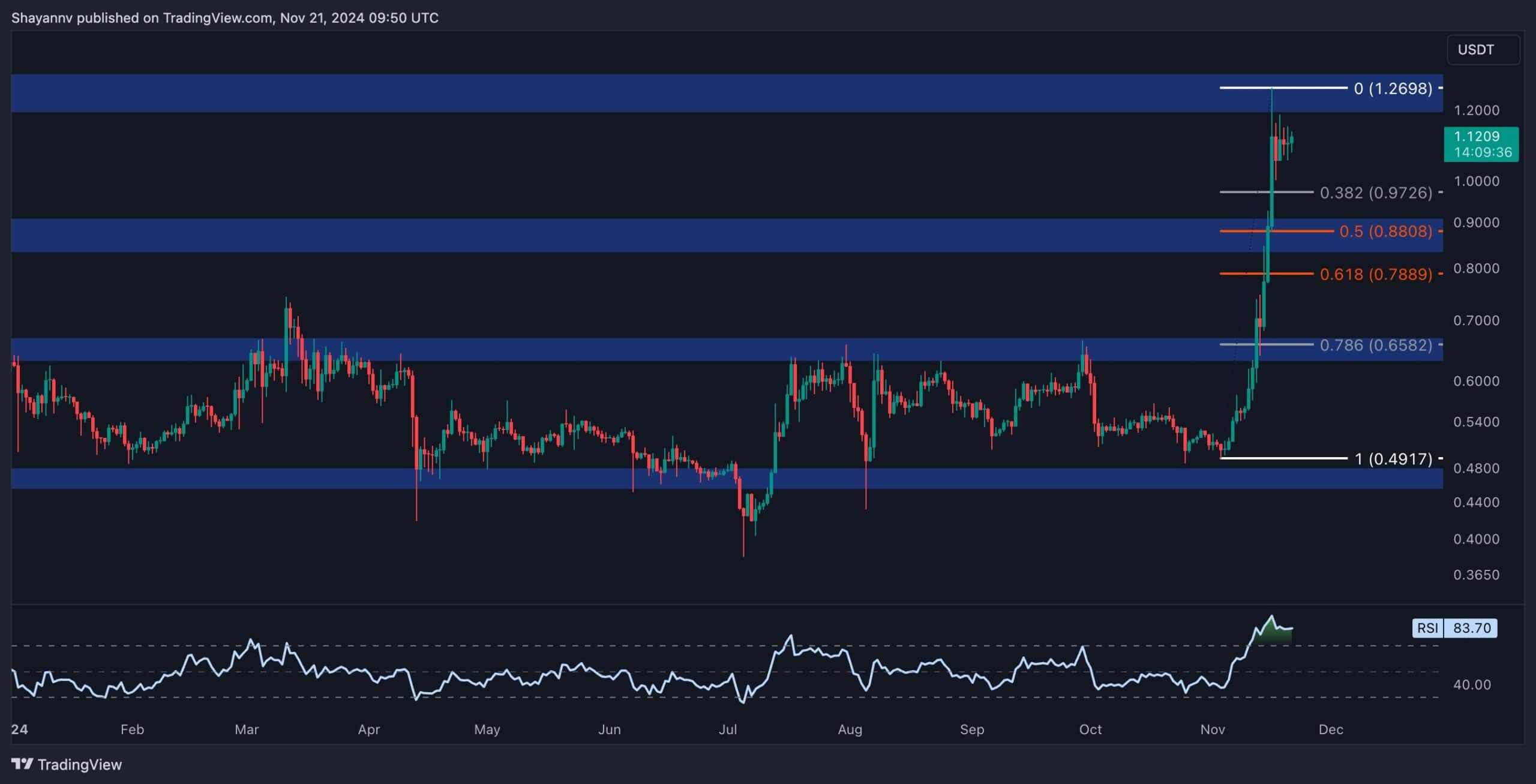
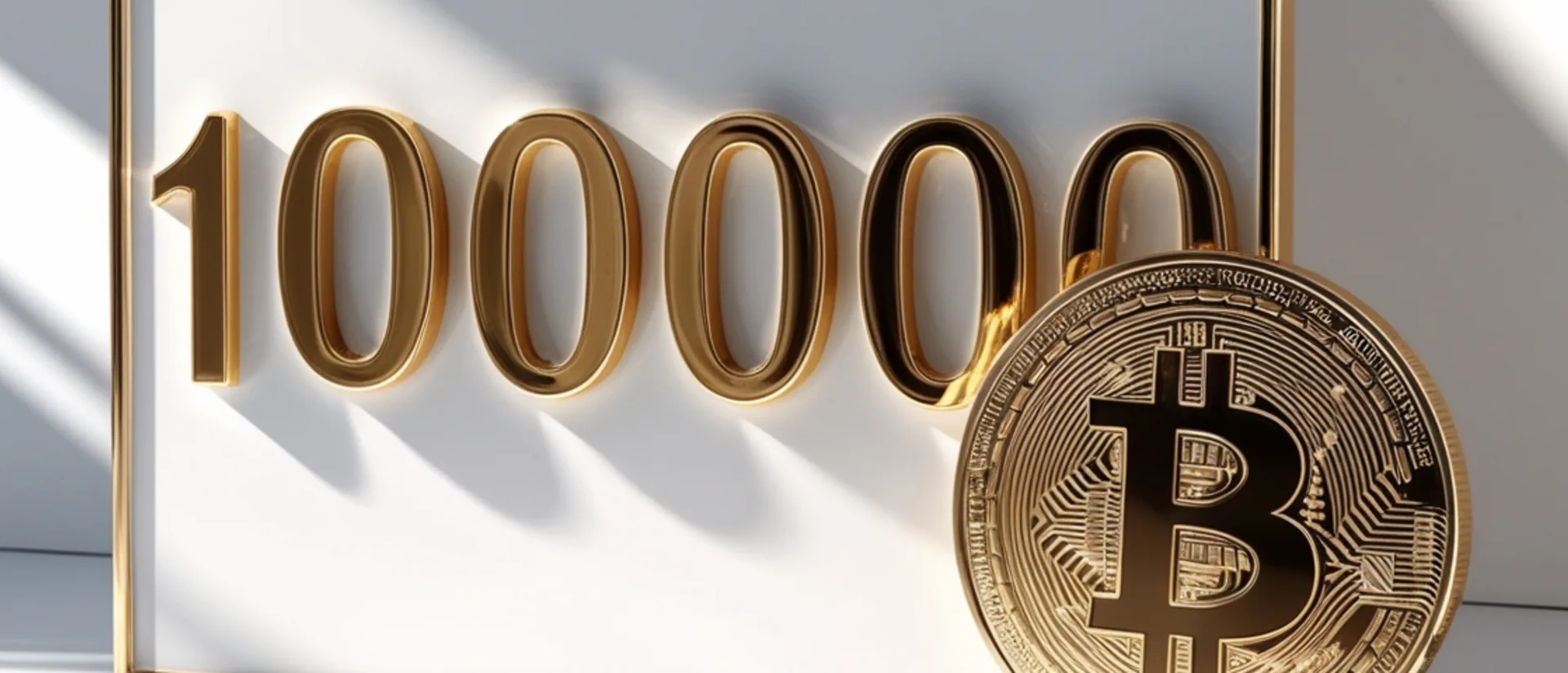
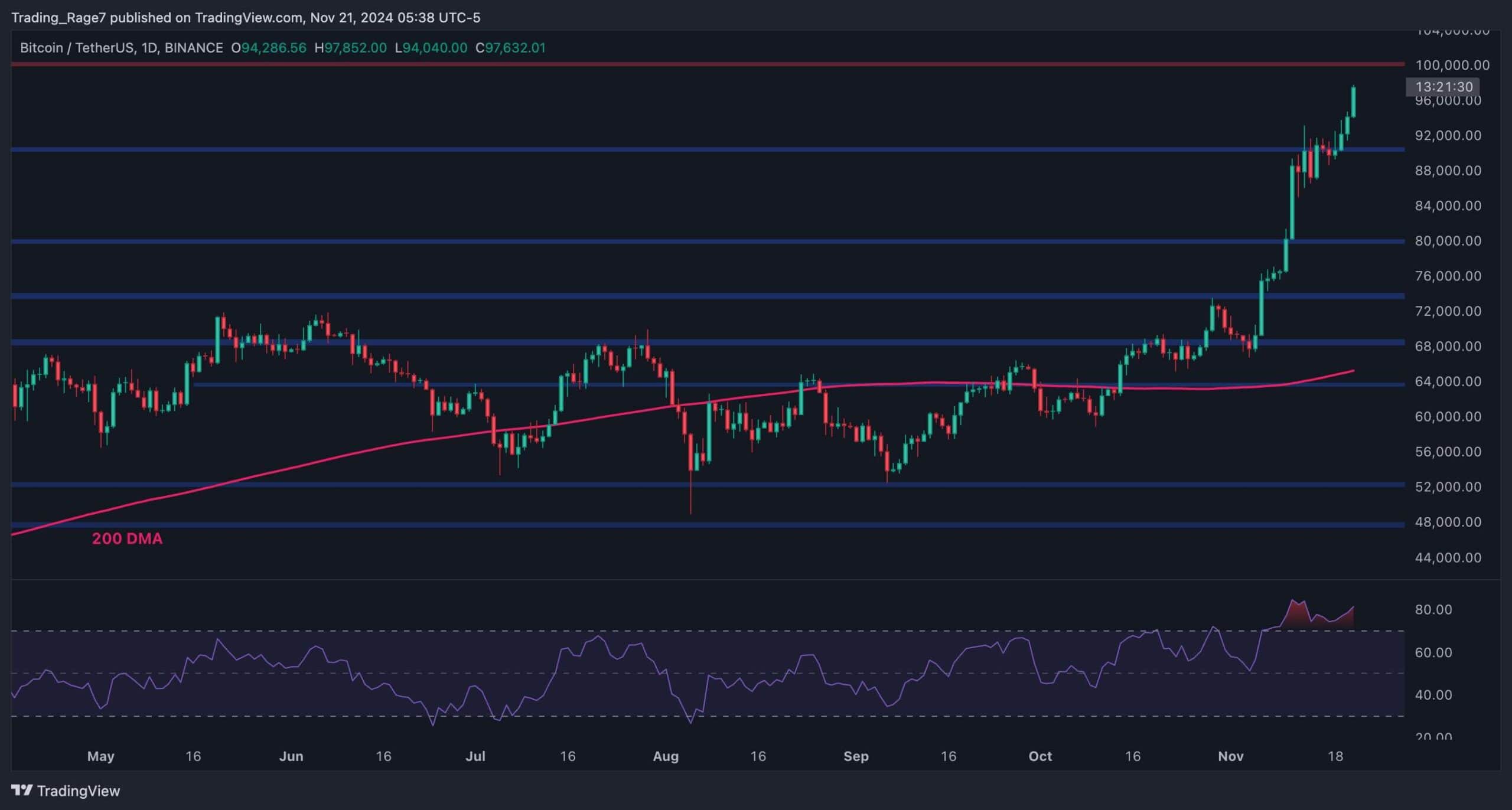
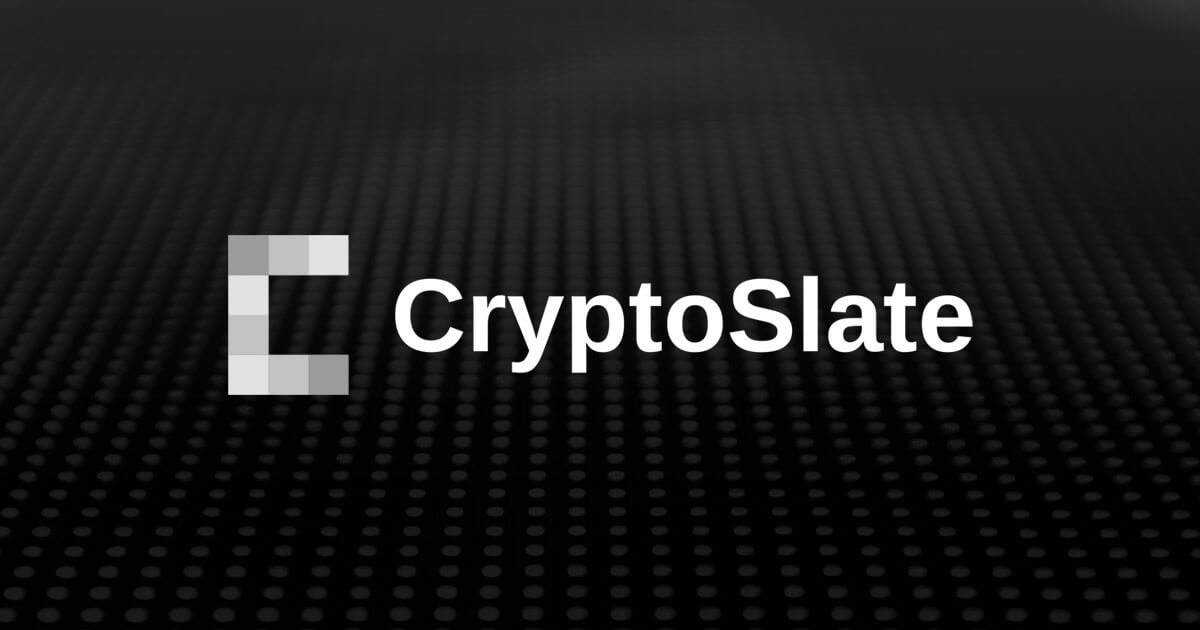
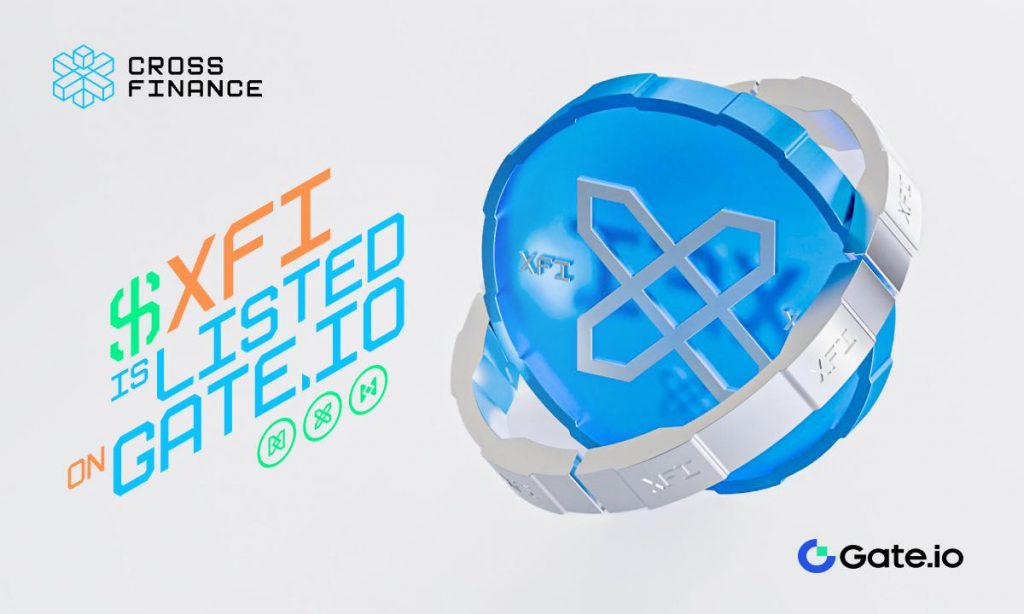


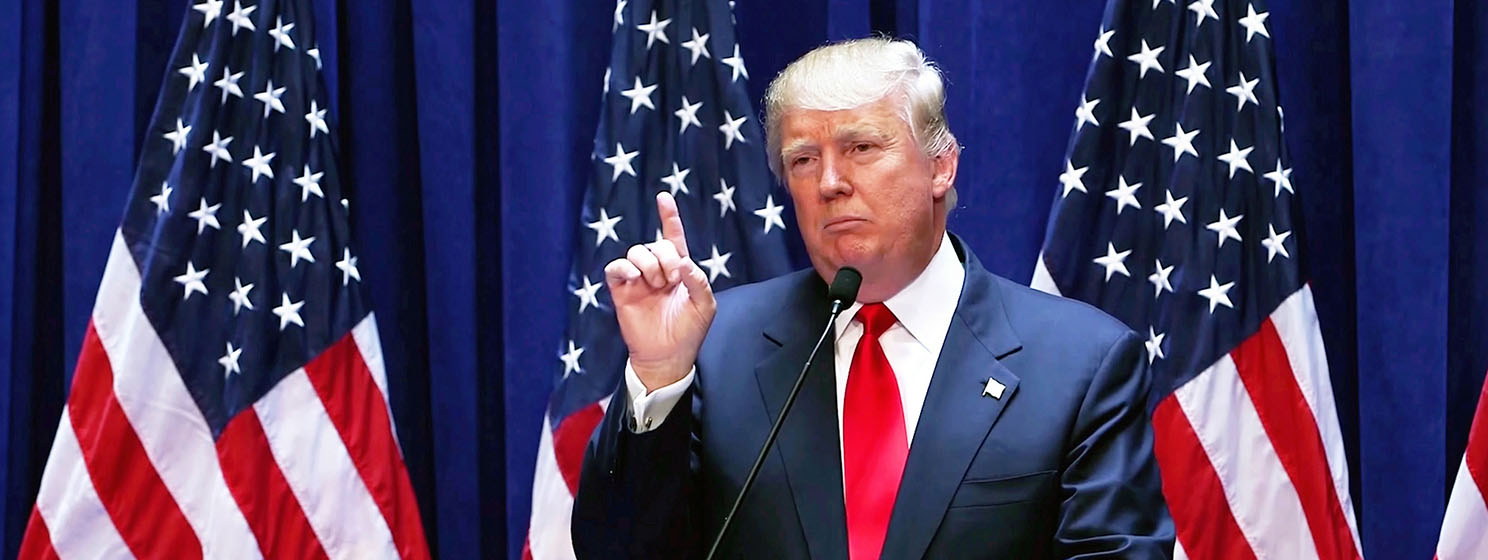

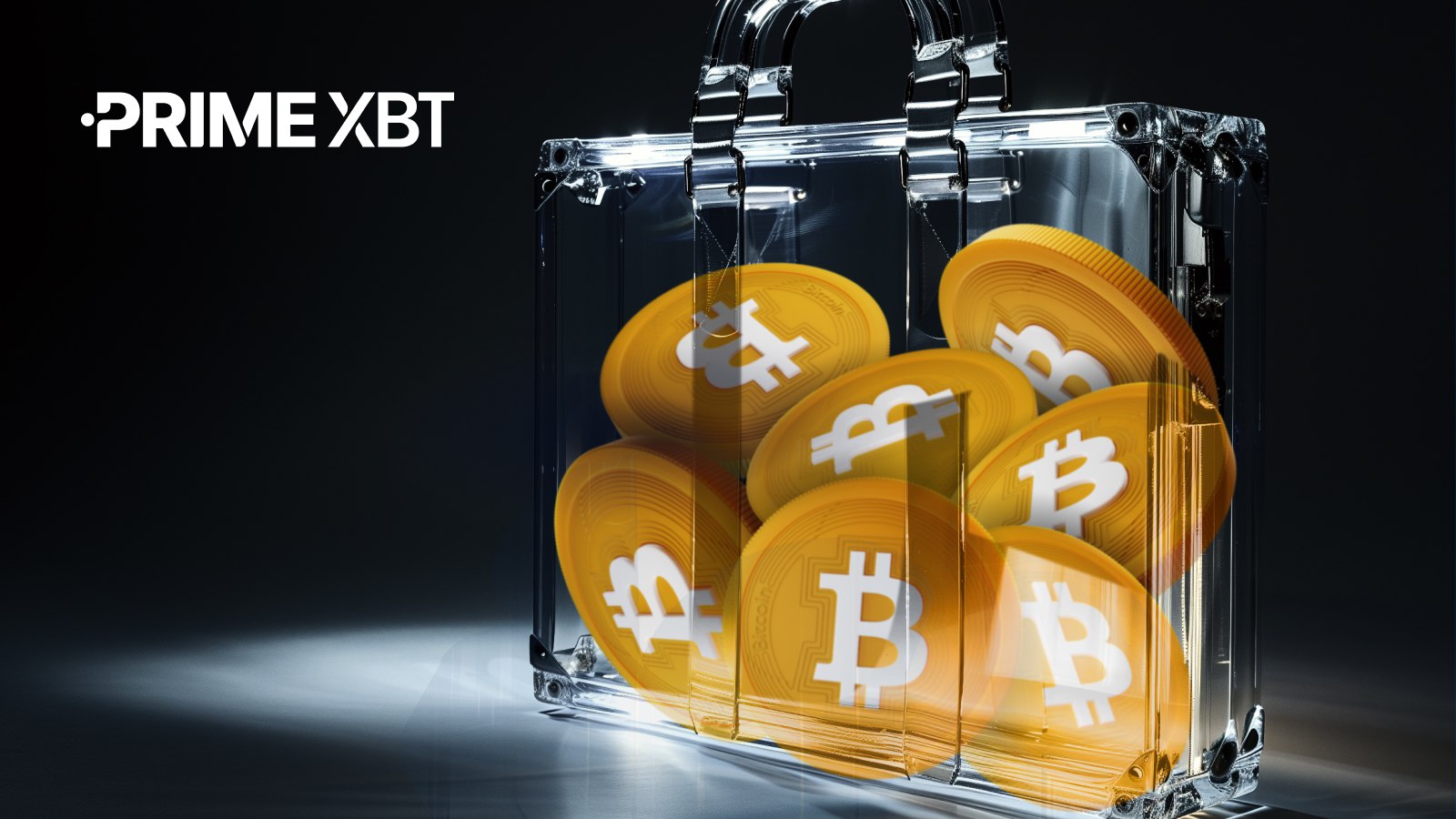
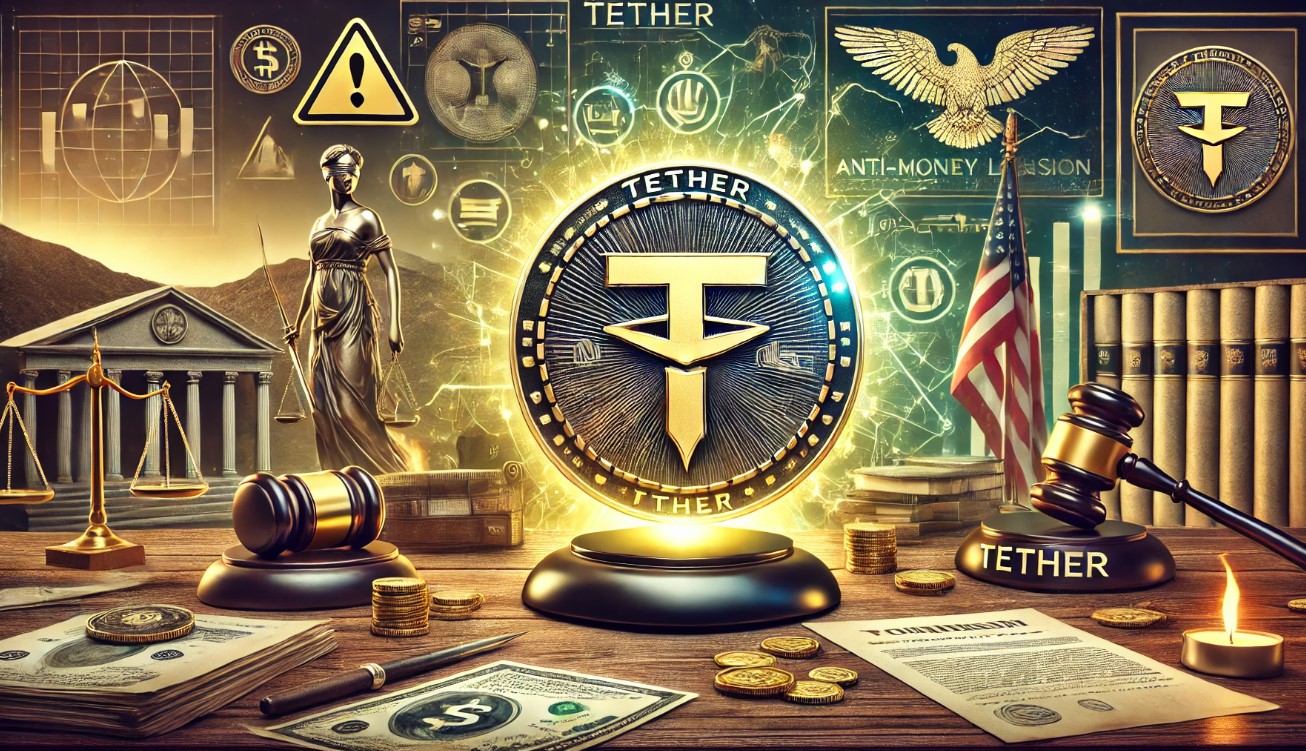




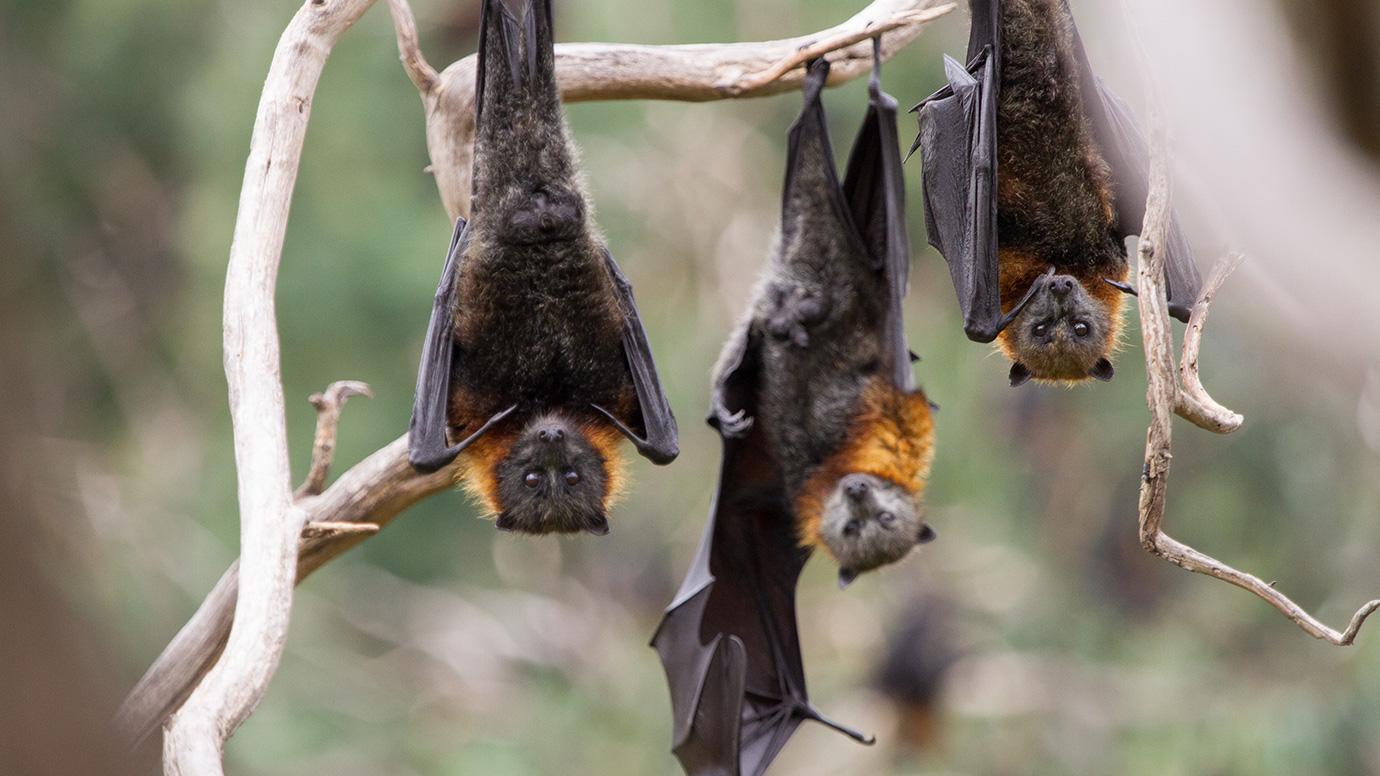
 English (US) ·
English (US) ·